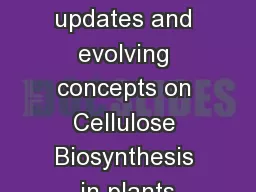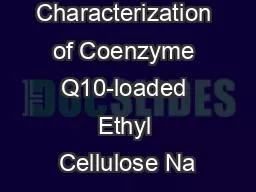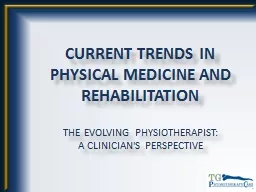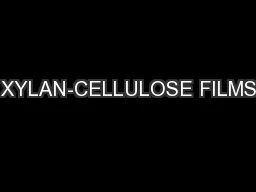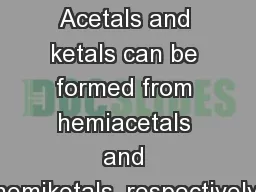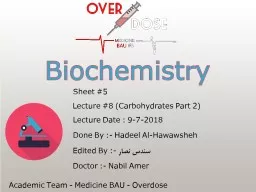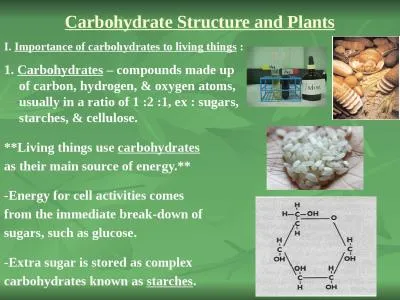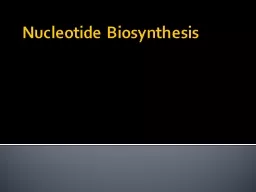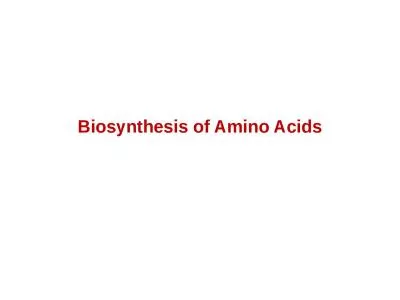PPT-Current updates and evolving concepts on Cellulose Biosynthesis in plants
Author : ellena-manuel | Published Date : 2018-10-30
Debarati Basu Cell Wall Seminar Outline What genes involved in cellulose biosynthesis Which compartment is involved in cellulose biosynthesis What are the protein
Presentation Embed Code
Download Presentation
Download Presentation The PPT/PDF document "Current updates and evolving concepts on..." is the property of its rightful owner. Permission is granted to download and print the materials on this website for personal, non-commercial use only, and to display it on your personal computer provided you do not modify the materials and that you retain all copyright notices contained in the materials. By downloading content from our website, you accept the terms of this agreement.
Current updates and evolving concepts on Cellulose Biosynthesis in plants: Transcript
Download Rules Of Document
"Current updates and evolving concepts on Cellulose Biosynthesis in plants"The content belongs to its owner. You may download and print it for personal use, without modification, and keep all copyright notices. By downloading, you agree to these terms.
Related Documents

